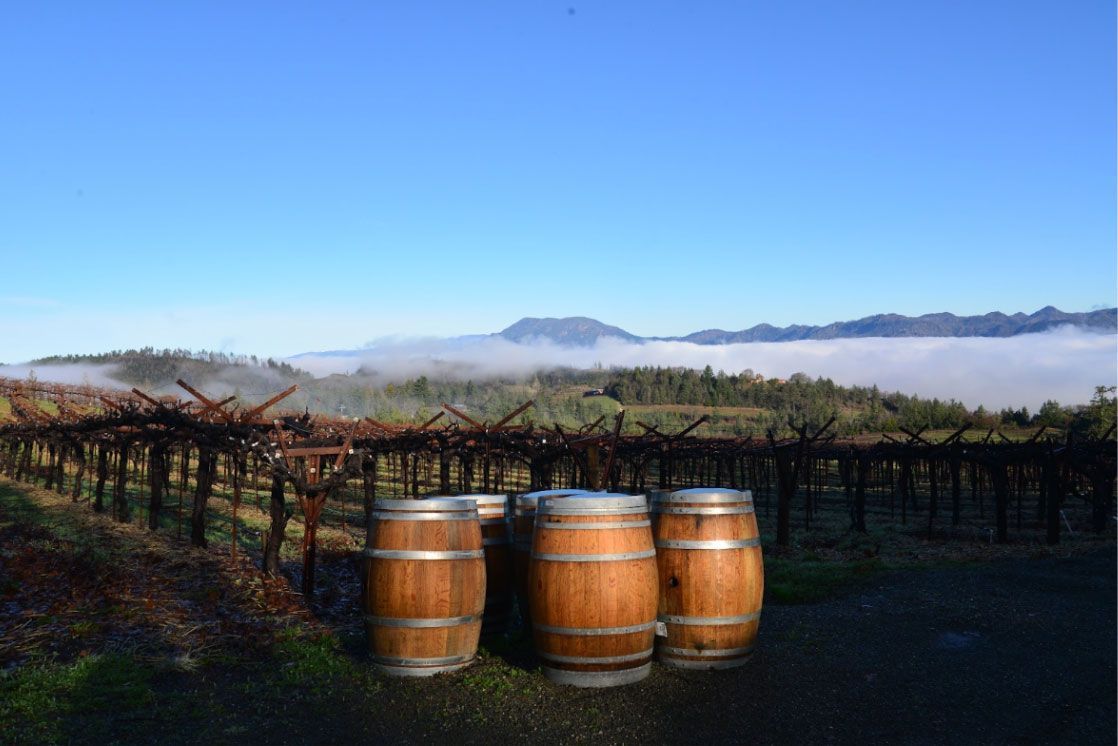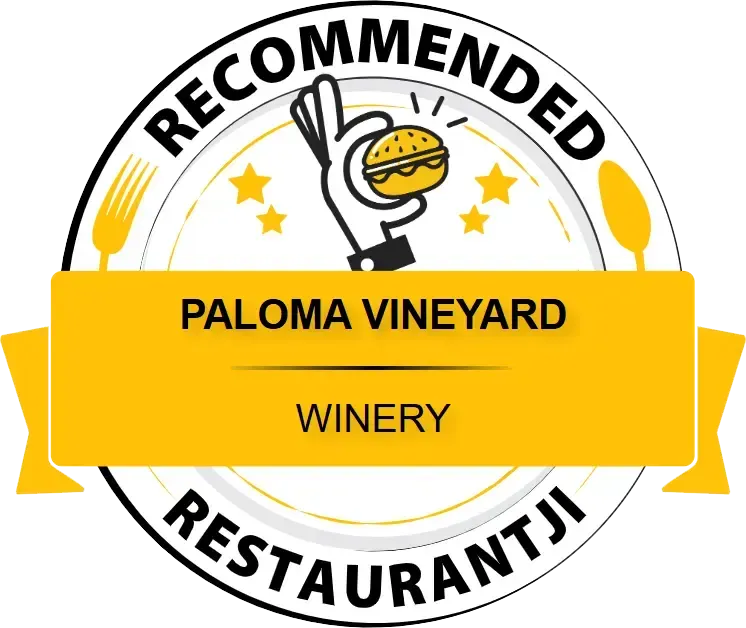Behind the Scenes: The Secrets to the Delicious Wines of Paloma Vineyard
June 2, 2023
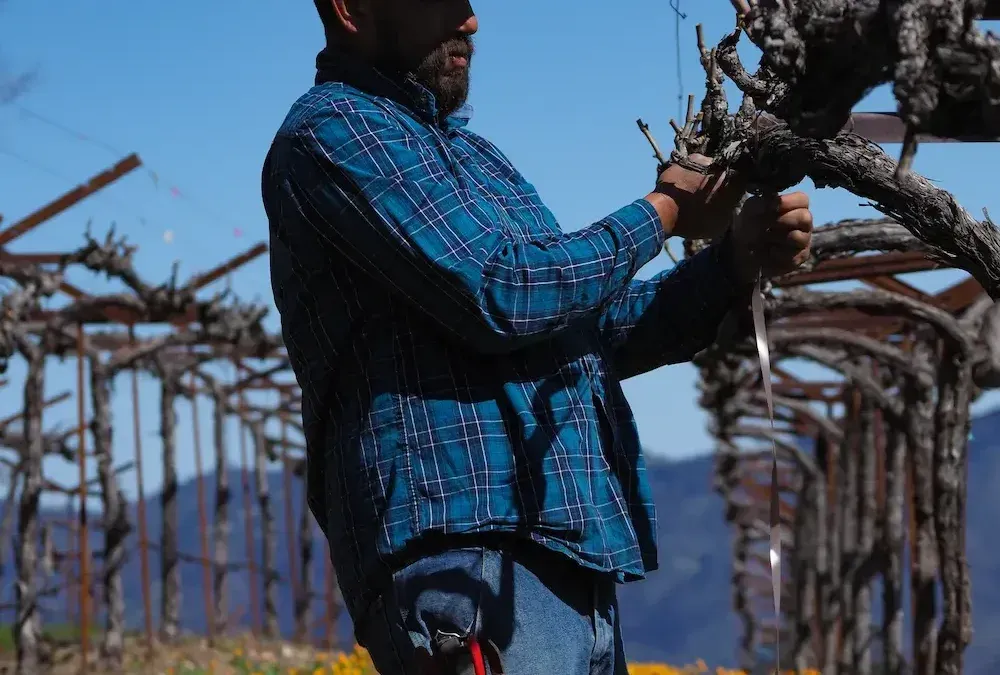
Merlots have always been Paloma’s focus. It all started with
Jim and Barbara Richards
investing in Duckhorn Vineyards in 1976. The couple started spending more time in the Napa Valley. The more time they spent here, the more the dream of having their own vineyard blossomed. So, when the property became available on Spring Mountain, they jumped in with both feet. Because the Richards loved Duckhorns’ Three Palms Vineyard Merlot, they chose it as their primary
grape selection . Ready to begin their second careers, or possibly their retirement project, the Richards set out to make their dream a reality through
quality farming .
How Paloma Vineyard Creates Its Award-Winning Wines
Farming Practices
Organic farming has never been the entire picture at
Paloma
. We focus on
sustainable practices , with an emphasis on
regenerative farming . Founder, Barbara Richards, spearheaded the farming of all 15 acres of the vineyard for over 30 years. She personally touched, nurtured, and claims to have named all 7,500 vines. For over 20 years, ten months out of the year Barbara was out in the vines. She pruned in winter, planted to expand the vineyard in spring, weeded, suckered, and hedged in spring and summer, and harvested in fall. The caring attention Barbara gave the vineyard was everything. Having been in the Navy she knew the value of hard work. Her hard work created a growing climate of healthy sustainable vines for future harvests. To this day, we choose to follow her lead by focusing on
quality farming and by using products and practices that increase the longevity and life of the vineyard for future generations and harvests to come.
Harvest
Our estate-grown vineyard started with such a caring intention to grow great grapes, that winemaking had no choice but to mirror that. Jim Richards learned everything he knew from a neighboring winery’s winemaker,
Robert Foley
. Jim shared Barbara’s same passion for creating a quality product. We continue to honor that ideal today. Our terraced vineyards range in elevation from 2,000 feet to 2,250 feet and sun exposures from south to north. This creates ripening pockets, so every harvest we hand-pick our grapes as they ripen at different times. Once the grapes are in the winery, we process and ferment each picked section of the vineyard independently. Throughout fermentation, we punch down (a flavor extraction technique) the grapes by hand three times a day for upwards of 10 days per pick. This can last well over a month some seasons. It makes us all extremely muscular!
Winemaking
Next, after fermentation, the wine is moved to the barrel. With Bob’s help, Jim came up with a simple and elegant winemaking process that he passed down to his son,
Sheldon Richards
, the second generation and current winemaker of Paloma. One key to this process is the subtle oak treatment. Jim and Barbara were adamant that oak should complement, not overwhelm the flavor profile of the wines. To this day, we continue to use one-third new French oak Nadalié barrels and two-thirds neutral French oak barrels during the aging process. The wine will then age for 18 months in those barrels, where it will be racked four to five times over that period. This gently extracts more flavor and helps develops the petal-like mouthfeel of Paloma wines. Finally, the wine is blended into the bottle and will be aged again for another two and a half years before it is released to you.
Secrets You Can Taste
Our
sustainable quality farming practices , combined with the
hand-picked and
hand-crafted techniques, and the spring mountain climate create the complexity behind Paloma’s wines. Sound intriguing? Come
book a tasting
with us up on spring mountain to experience these wines and talk to the winemaker yourself.
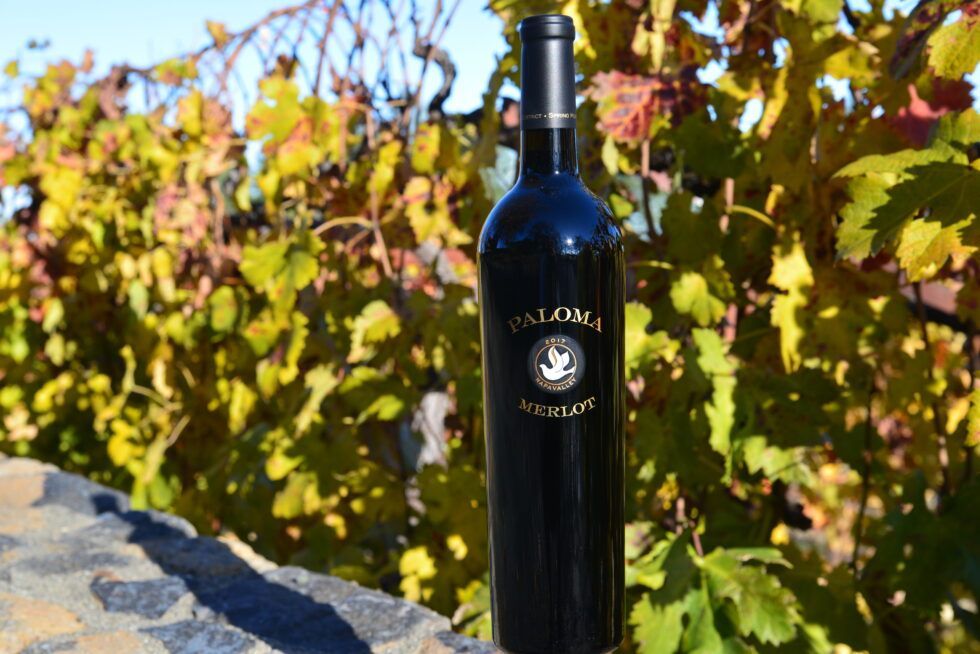
By caston_treetops
•
April 16, 2025
The swirled liquid boasts vanilla raspberry, plummy cassis, and a slight cooling floral undertone of cocoa. On the pallet, hot spice presents itself like cinnamon candy. The elegant tannins sting mid-way in this medium bodied wine. Swallowing leads to a long finish...
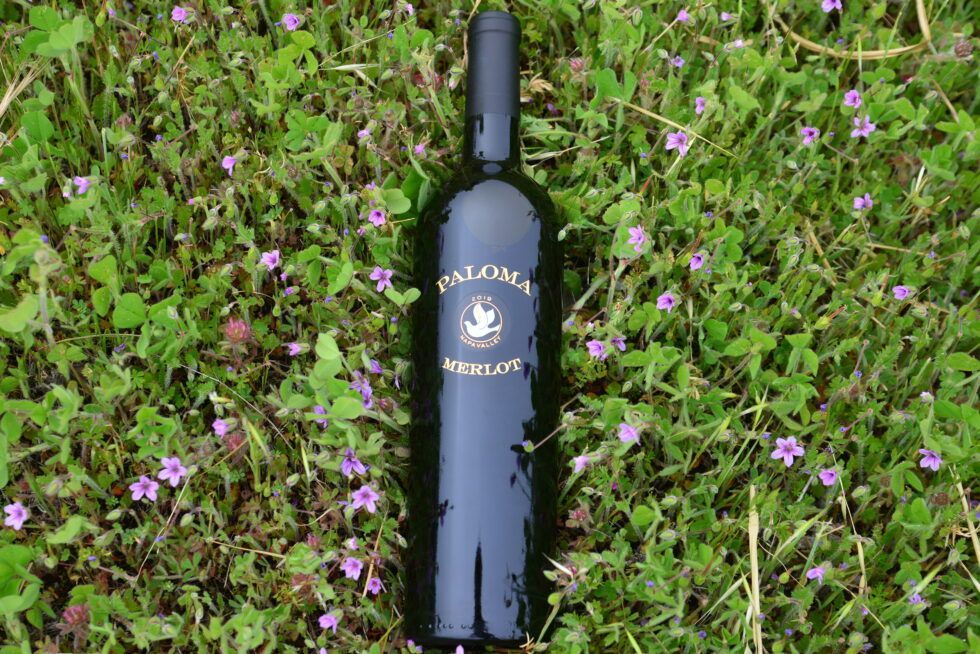
By caston_treetops
•
April 16, 2025
Paloma's 2019 Merlot opens with cranberry and rich cassis followed up with a slight dry mocha aromatic. This wine unfolds like a flower as you taste. It lands in the mouth with small strings of tannin and carries itself on a cool floral body. Its weight is just...
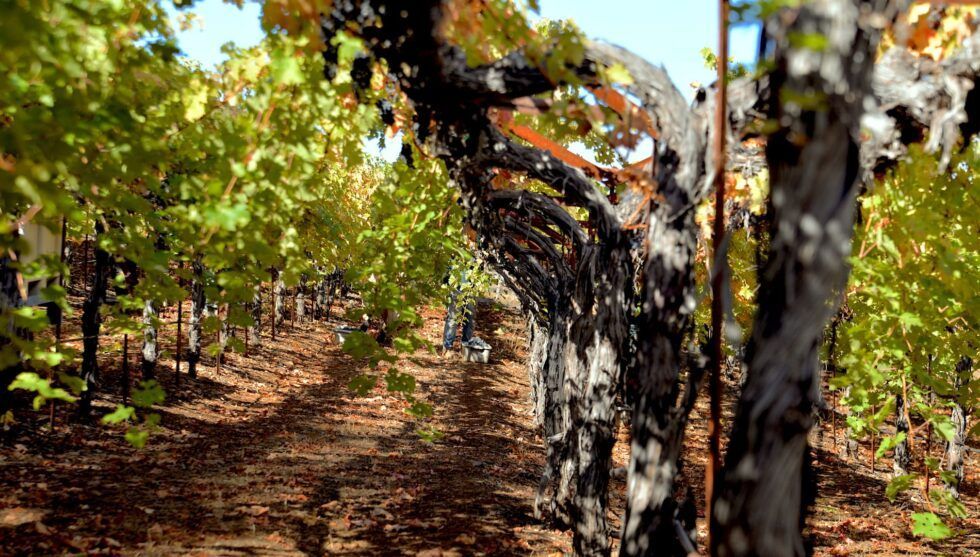
By WSI
•
March 26, 2025
At Paloma Vineyard, sustainability is more than just a practice—it’s the foundation of everything we do. Nestled on Napa Valley’s Spring Mountain, our small, family-run vineyard has been embracing sustainable and regenerative farming for over four decades. Every choice we make, from cover cropping to solar power, reflects our deep respect for the land and our commitment to producing exceptional wines that honor both our family legacy and the environment.
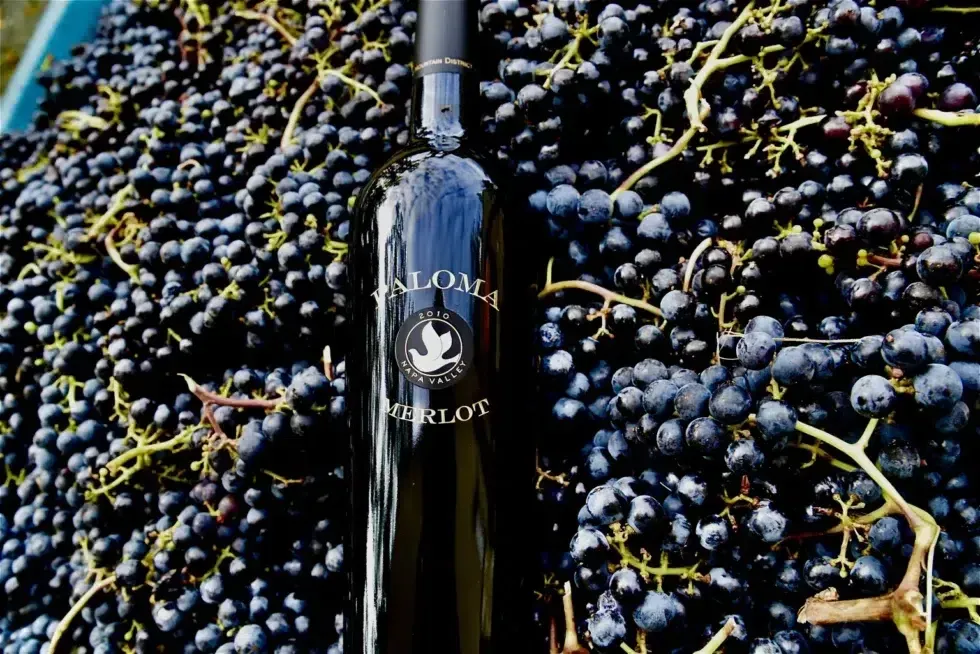
By WSI
•
March 6, 2025
Merlot has captivated wine enthusiasts for over two centuries with its smooth texture, rich flavors, and remarkable versatility. As one of the most widely planted grape varietals in the world, Merlot holds a prominent place on dinner tables and in wine cellars from Bordeaux to Napa Valley. But what makes Merlot so special? The answer lies in the grape’s adaptability, the care that goes into its cultivation, and the sense of place reflected in every bottle.
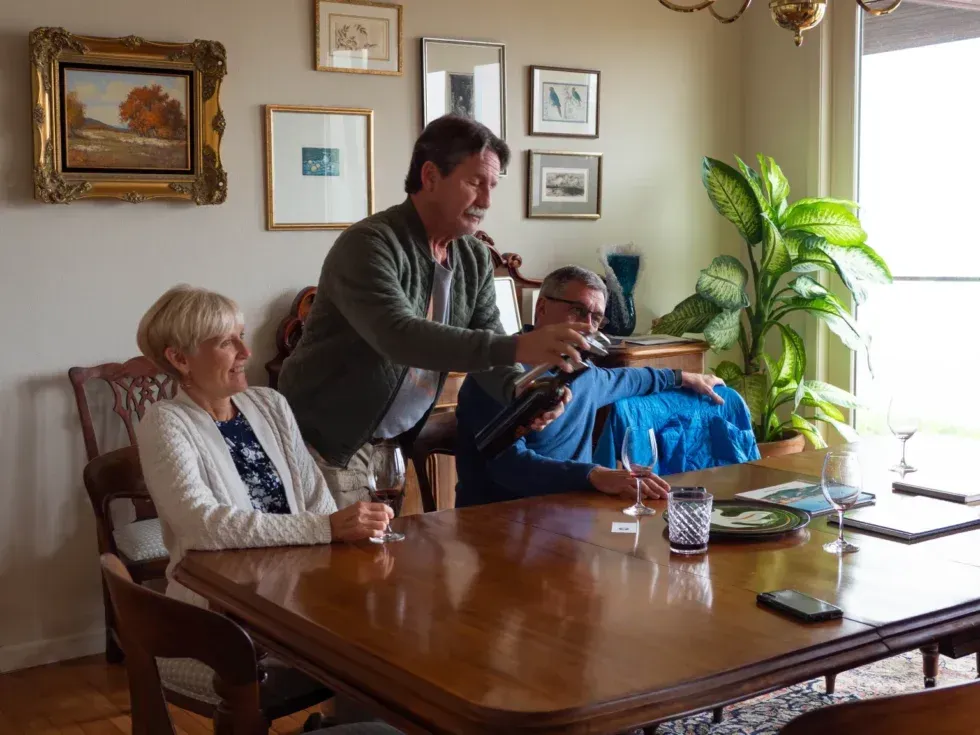
By taste_2420_views_enjoy
•
January 14, 2025
Have you ever been to a tasting where all you hear is the sound of the birds, wind, and the winemaker talking? No?! Then you haven’t visited Paloma Vineyard. Our personal team of furry greeters will meet you at your car and escort you up our steps to the owner’s home,...
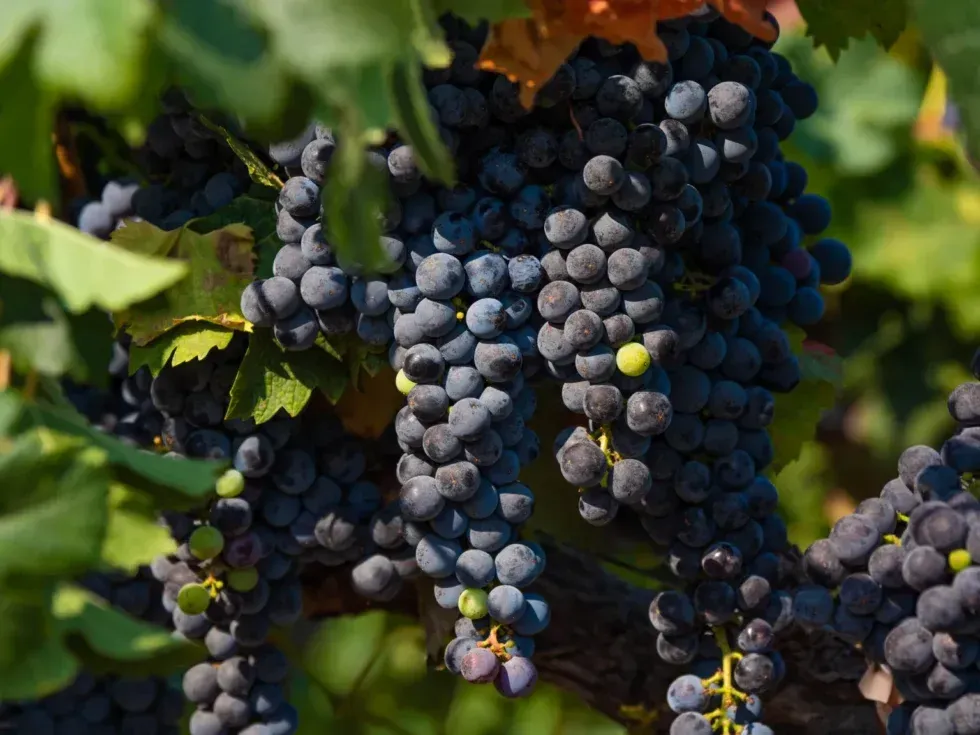
By taste_2420_views_enjoy
•
January 13, 2025
As Barbara, our matriarch, always said, “it starts in the vineyard.” Sustainability has become an essential practice for businesses looking to lead the way in their industry. While adapting to new practices can be challenging, it offers a unique lens to reexamine the...

By taste_2420_views_enjoy
•
January 10, 2025
Since Barbara and Jim purchased the 17 acres of land at the top of Spring Mountain in 1983, our goal has never shifted–creating a winery that feels like home. By 1992, that dream was fully realized when Barbara and Jim finished construction of their home inside the...
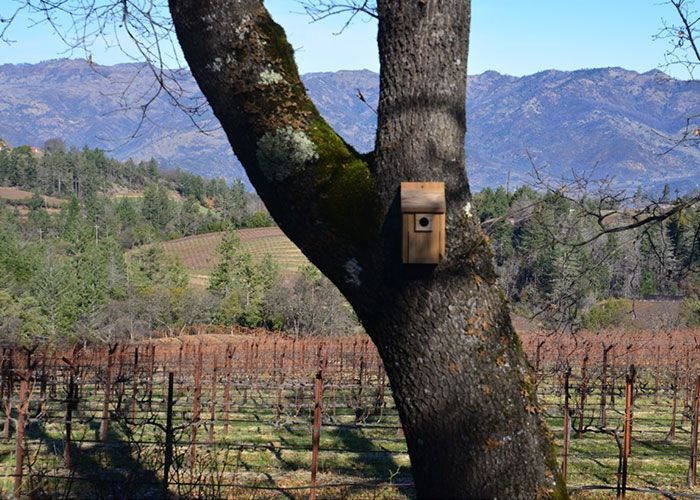
By taste_2420_views_enjoy
•
December 31, 2024
At our sustainable winery and vineyard , every choice we make reflects our commitment to preserving the environment and crafting exceptional wines. From innovative trellising systems to thoughtful vineyard management, we strive to balance nature’s needs with our vision for creating wines that tell a story in every sip.
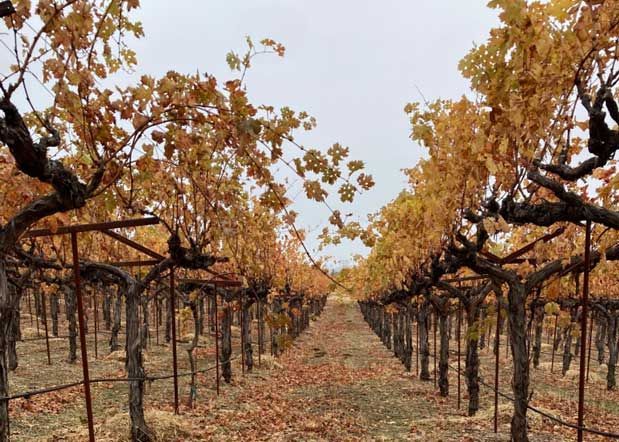
By p_hummingbird_2420_golden_rays
•
December 12, 2024
As a family-run winery on Napa’s Spring Mountain, we’ve spent over 40 years embracing methods that respect both the land and future generations. Sustainable wine and our winemaking is a year-round commitment, and for us, every decision, from vineyard management to bottling, is an opportunity to honor this responsibility.

